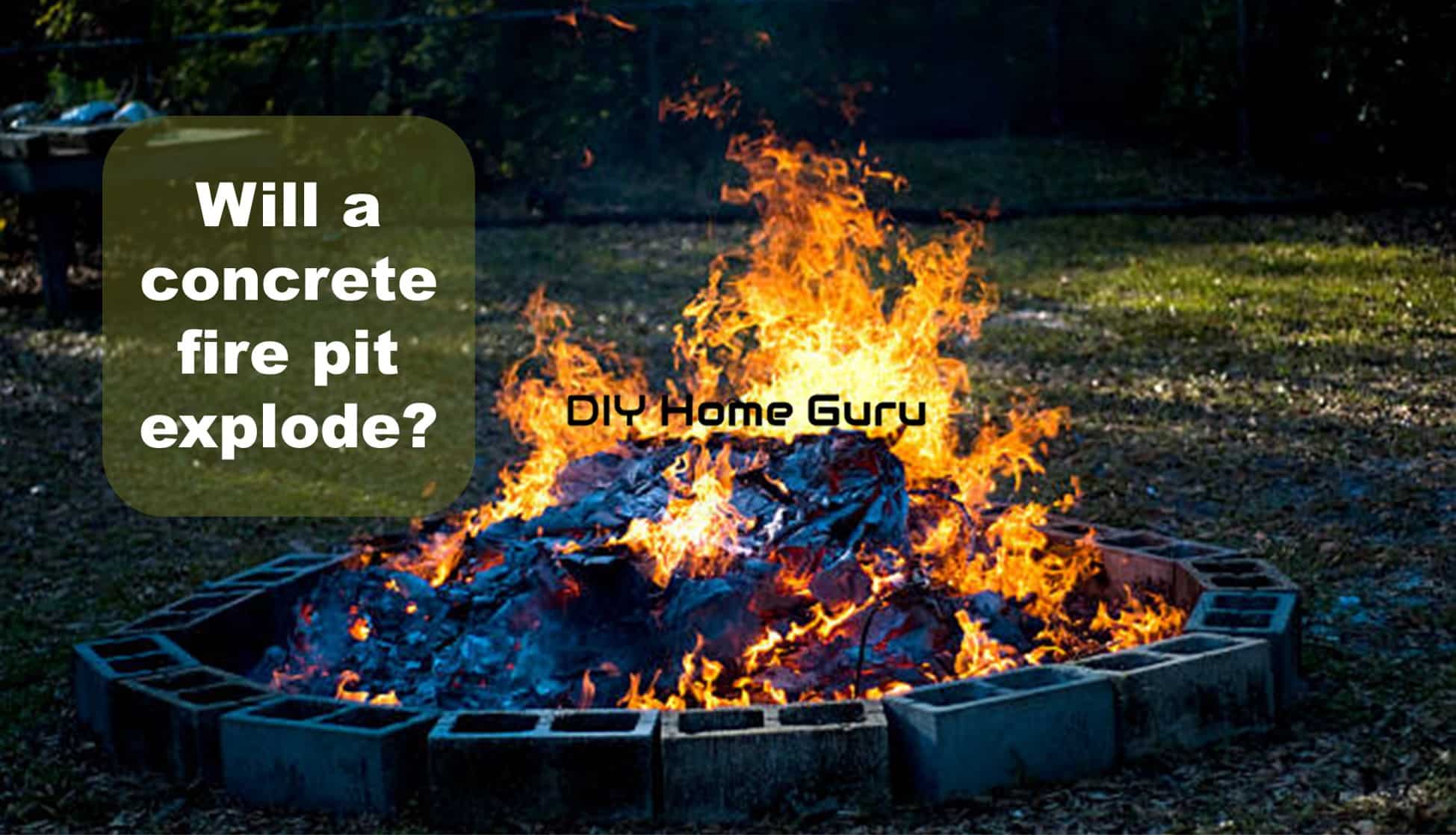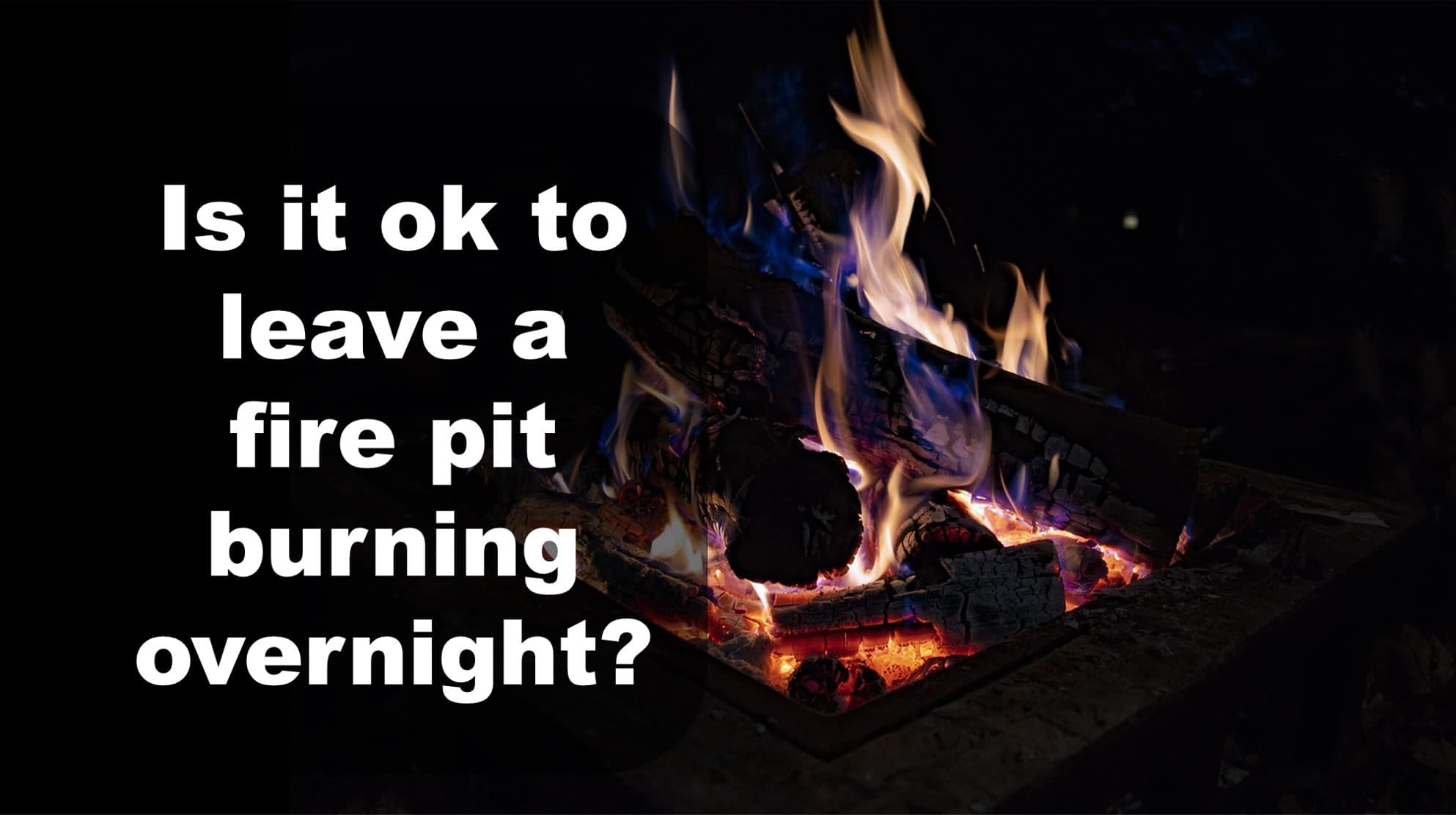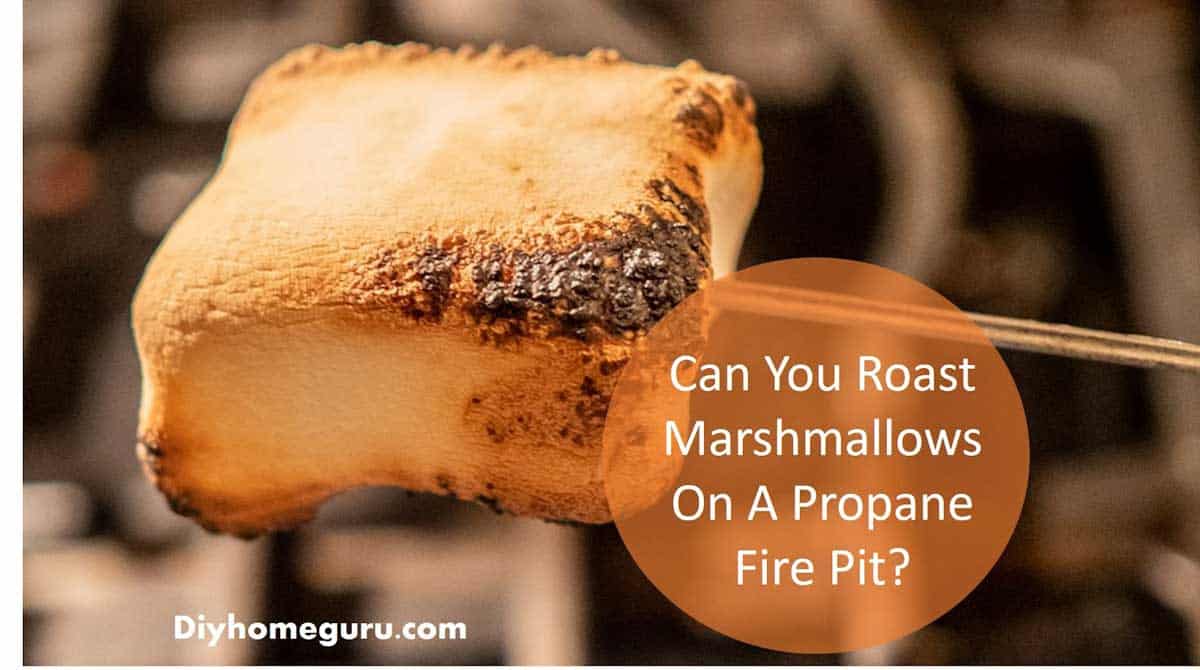Fire pits are fantastic and are a beautiful feature to have in your yard. Everyone seems to love and use them, for roasting marshmallows, barbequing meat, making s’mores, enjoying bonfires, or just relaxing by the fire. Fire pits are useful for most of the year whether summer months or winter days.
While observing someone setting up or getting the fire pit started you may have noticed the inclusion of sand at the base. I can recall the first time how it got my curiosity going and I wondered, why put sand in the bottom of a fire pit? In this article, I lay out all the reasons why put sand at the bottom of the fire pit.
The reason sand is placed at the base of the fire pit.
Putting sand in the bottom of a fire pit helps to protect the metal bowl from the extreme heat generated by the fire. The heat is then evenly distributed and prevent the concentration of the heat at any one spot within the fire bowl.
If you did not get that part then here is it again, sand and helps to soak up the heat and evenly distribute it throughout the fire pit. Thus protecting the metal bowl from the intense heat of the fire.
Over time the intense heat can burn through the bottom of the fire bowl if it was note protected. In this case the sand act as an insulator to limit the intensity of the heat from the wood that is burning in the fire pit.
- The reason sand is placed at the base of the fire pit.
- The sand: how to use
- Instructions on using sand.
- Types of Material Used Underneath a Fire Pit
- Protecting Your Fire Pit
- Advantages of Putting Sand in the Bottom of a Fire Pit
- Disadvantages of Putting Sand in the Bottom of a Fire Pit
- How Is Sand Better Than Other Materials?
- How to Use Sand to Line the Bottom of Your Fire Pit
- Types of Fire Pits for Sand
- Final Thoughts
The sand: how to use
Fire pits with holes
There are fire pits with holes and others without. I share with you here how to use both. The fire pits with holes built-in at the bottom are there so that the fire can breathe. Remember, fires need oxygen to continue to keep going and the holes encourage updraft of air and keep the fire from smothering.
Fire pits without holes
It is argued that the sand is not needed as the shape of the bowl. With the wide top, it is enough to allow the fire to get the required amount of oxygen in order to burn efficiently. Actually, adding sand would only restrict airflow and make it difficult for the fire to grow.
Fire pits without holes or fire pits with?
There are good reasons to use sand and there are also some bad reasons for using sand. When the wood burns it produces ash, which is a very good fertilizer for plants, sand only spoil the quality of the fertilizer. If you do not mind a bit of sand in your fertilizer then you know which option will suit you best.
It can be bothersome after a while to be cleaning up sand especially if you need that pure Potash fertilizer. The sand may retain moisture which can cause the bowl to corrode. However, some fire pit has holes at the bottom to protect from that problem. The other thing that you have to consider it that the sand my block the holes at the bottom of the bowl and make the holes ineffective.
Instructions on using sand.
This is the first thing that you need to do. Whatever you decide to do always read the manufacturers’ guidelines. They are the creators of the product and know exactly how to care for it so that you can enjoy their products for a long time.
Ignore their instructions at your peril. Most recommend that you use one or two inches of sand to cover the bottom of the fire pit.
Types of Material Used Underneath a Fire Pit
Dirt
Dirt is one of the most convenient materials used at the bottom of a fire pit. It is readily available, free of cost, and resistant to heat. However, if the ash produced by the flames mixes with the dirt, it leaves a terrible mess that is difficult to clean.
Lava Rocks
Lava rocks are specifically designed to be placed at the bottom of a fire pit. They also conduct heat and are pleasing to look at. However, the maintenance cost of a fire pit can be typically high if you use lava rocks.
Fire Pit Glass
This is another great material to line the bottom of a fire pit. A fire pit glass comes in a wide range of colors and textures. It does not radiate heat as well as other materials but most people like the way the flames look through a fire pit glass.
Protecting Your Fire Pit
Do manufacturers recommend the use of sand? Then use the sand. If they did not then it is up to you whether you use or not. If the sand got too moist, consider replacing it with fresh dry sand. If you can cover your fire pit with a protective fire pit cover when not in use in order to protect it from the element (wind, rain, snow and earth).
Alternatively, you can get a high-temperature, rust-resistant spray to spray it and protect the bowl from rust. Rust can make the fire pit chip off and deteriorate quickly over time if not looked after properly. There are many different types of materials you can use to line the bottom of a fire pit, and sand is one of them.
Each material has its own advantages and disadvantages; however, the best one so far is sand. There are many reasons why you should put sand in the bottom of a fire pit. Some of these reasons are discussed below. However, before we get into that, what else can you put at the bottom of a fire pit?
Advantages of Putting Sand in the Bottom of a Fire Pit
It Is Less Costly
Sand, compared to other materials, is relatively cheaper. Other materials such as dirt, lava rocks, fire pit glass, rocks, and gravel are costlier and less effective than sand.
Provides Shield against Heat
A layer of sand protects the metal at the bottom from the extreme heat released by the fire. The heat is absorbed by the sand and distributed evenly throughout the entire base.
Improves Performance
Sand is an ideal base layer underneath a fire pit. It improves the performance of the flames emerging from the pit and helps to disperse it in all directions.
Eco Friendly
The sand does not emit any harmful smoke around the house and creates a warmer, quieter, and better-looking flame.
Easy Installation
Sand is easy to set at the bottom of a fire pit. All you have to do is pour the sand straight from the bag into your fire pit.
Disadvantages of Putting Sand in the Bottom of a Fire Pit
It Retains Moisture
Sand tends to retain moisture. Even though the sand is used to protect the bowl at the bottom of the pit, it can also make it corrode faster due to its exposure to moisture on a regular basis.
It Blocks Circulation
Most metal fire pits have holes at the bottom to allow drainage and circulation. By adding sand to the bottom of a fire pit, the air circulation is prevented, which ultimately hinders the purpose of the holes.
How Is Sand Better Than Other Materials?
Without the sand, the heat can become trapped in one confined area. The metal located at the bottom of the fire pit will start to deteriorate and burn through. The sand acts as an insulator against the extreme intensity of the heat and helps to spread it out.
How to Use Sand to Line the Bottom of Your Fire Pit
There are a couple of things you should keep in mind while using sand in the bottom of a fire pit.
Read the Instructions
The first thing you should do is read the manufacturer’s instructions. It is better to always go through these instructions as every manufacturer has their own recommendations and suggestions.
For example, some of the manufacturers will recommend using only an inch of the sand to layer the bottom of the fire pit.
Replace the Sand
Sand is a great way to protect the bottom bowl of the fire pit from the high intensity of the heat produced. The sand should be replaced in order for it to perform at its optimum level. It can be a little difficult to clean the bottom of the fire pit every time because you want to save some of the ash and throw all of the other stuff out.
Types of Fire Pits for Sand
There are many types of fire pits available. People get fire pits to enjoy cozy hours with their friends and family during the winter season. Moreover, it also adds value to the house by efficiently using up the backyard landscaping.
Sand in the Bottom of a Metal Fire Pit
Sand is known for retaining moisture extremely well, but it can still be used under the bottom of a metal fire pit. This is because the sand helps to evenly distribute the heat.
Thus, the heat spreads out evenly inside a room, and you can stay warm. If you are worried about heat transfer, you can always get a heat shield or a fire pit mat to prevent this from happening.
Sand in the Bottom of a Gas Fire Pit
You can easily put sand in the bottom of a gas fire pit. But the important thing to be cautious about is that the ignition or the gas outlet should not be covered with sand. If you don’t pay attention to this, the flames of the fire pit won’t be as effective as they should be.
Final Thoughts
The way you set up your fire pit is completely your choice, and sand is one of the most versatile materials used at the bottom of a fire pit. There are, however, other materials as well that can also be suitable, such as dirt, which is easily accessible and more convenient. You can read the article on How to Build a Fire Pit on Grass, you’ll find it quite informative.





